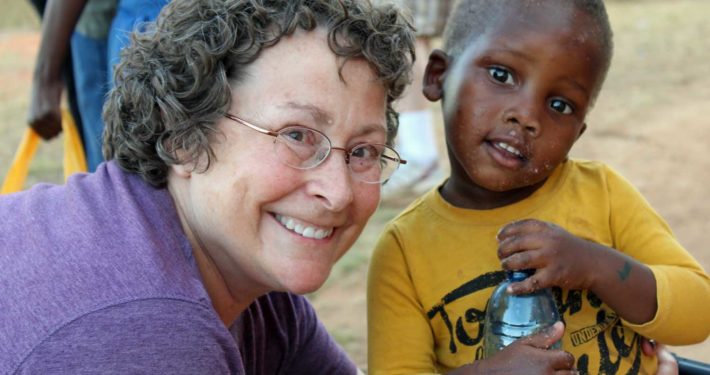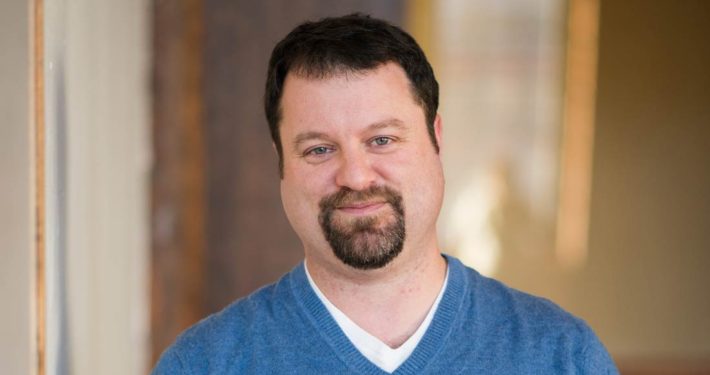Treating Adolescents Using Compassion, Curiosity & Clinical Care
Dr. James Hendricks describes his path to embracing adolescent medicine.
And yet, concern continues about risky health behaviors, mental health issues, and substance abuse problems among adolescents. Today’s youth are getting much less clinical attention than this significant subset of the population deserves.
It was Dr. James Hendricks’ interest in these complicated issues that helped him successfully treat the bridge population between childhood and adulthood.
“Looking back, one of my major sub-interests in medical school involved developmental medicine and school-related problems,” says Hendricks, a pediatrician from Oklahoma who has since retired from practicing. “I recognized early on that this is an underserved population that needed a lot of other things besides their first well- woman exam, or a sports physical, or college exam.”
In 1990, an anonymous questionnaire was sent to general pediatricians in suburban New York who saw, on average, 28 patients a day.1 About 1 in 10 regularly saw patients with a sexuality-related concern, substance abuse problem, or anorexia. But fewer than half provided anticipatory guidance regarding sexuality, and only 14 percent questioned teens about depression.
Respondents perceived low reimbursement, lack of time, and lack of knowledge as obstacles to providing expanded care to adolescents.
“For us, doing adolescent care was very much a part of pediatrics, so in that way, we didn’t see it as being a separate part of the practice.”
And while many of these gaps have been filled with improved anticipatory guidance materials, such as the Bright Futures guidelines from the American Academy of Pediatrics (AAP), there are still holes in the fabric. A 2009 report by the Committee on Adolescent Health Care Services and Models of Care for Treatment, Prevention and Healthy Development posited that the nation’s current system of health services is ill-suited to providing the right mix of clinical and preventive services to adolescents.
The report also says significant gaps remain in achieving a well-equipped and properly trained workforce ready to meet the health needs of adolescents. And there are those who simply resist further training in adolescent care, viewed by many as time-consuming and low-paying.
Dr. Hendricks is on the opposite end of the spectrum. He considers it gratifying to see a patient he once held in his arms hop onto the exam table and talk about applying for college. Good at putting teenage patients at ease and earning their trust, he was able to open the door to conversations about tender subjects, such as smoking and sex, without offending or embarrassing his patients.
Using Practice-Based Research
A long-time partner at Pediatric and Adolescent Care in Tulsa, Oklahoma, Dr. Hendricks embraced practice-based research as key to administering successful anticipatory guidance and motivational interviewing on topics such as smoking, gun safety and safe teen driving.
“Participating in these clinical studies allowed me to have a perspective bent toward transitions of care,” Dr. Hendricks says. “It helped me get a better understanding of the families of my patients, and really just helped me ask better questions.”

“The day-to-day work is intense, demanding, time-consuming, and frustrating at times,” Dr. Wasserman says. “This kind of participation can remind pediatricians of what they had in mind when they started practicing and helps them think about different ways to help families and kids.”
Dr. Hendricks says he further honed his adolescent training by attending adolescent medicine seminars, and later, by taking advantage of features in the office’s practice management system that aided clinicians and staff in booking appointments to best fit the needs of adolescent patients.
“Using the scheduler, we varied appointment times based on the complaint, whether it was an acute problem-focused issue, or something like an asthma follow-up,” says Dr. Hendricks. “We also varied appointment times based on provider desire and grouped appointments based on gender, so you could book pelvic exams with the provider of choice.”
The practice also uses the scheduler to stagger appointments by age group, as the office uses a common waiting room. Another important part of their adolescent clinical attention was using the pediatric recall functionality in their system to contact kids who were overdue for well visits and to avoid missing opportunities to see patients that had not been in for a while.
“For us, adolescent care was very much a part of pediatrics, so in that way, we didn’t see it as being a separate part of the practice,” Dr. Hendricks says. “We worked hard to develop a relationship with that growing child and the family so we could later meet the needs of adolescents, and give very important health care to an underserved population that didn’t fit in.”
[1] Andrea Marks et al., “Adolescent medicine in pediatric practice,” J Adolescent Health Care 11, no. 2, (March 1990):149-53. https://www.ncbi.nlm.nih.gov/pubmed/2318713 ↑









